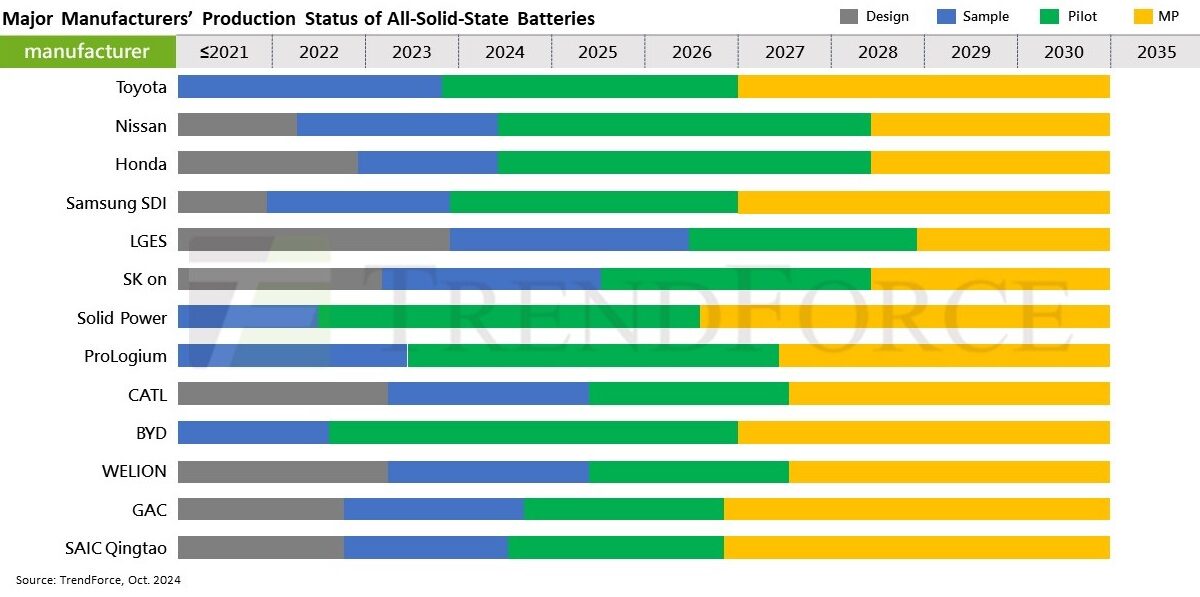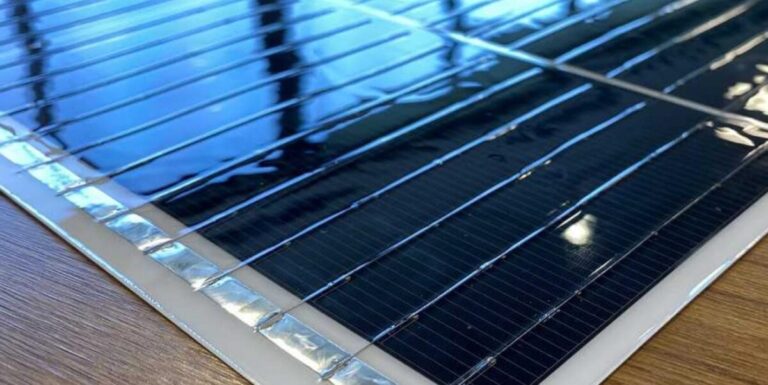Researchers from the two companies have built a lightweight and flexible silicon heterojunction (HJT) PV panel that measures 563mm x 584mm and weighs just 218.5g.
Japanese investment holding company Softbank is developing a wide range of technologies for its planned ultra-lightweight high-altitude platform station (HAPS), a solar-powered aircraft intended to operate at an altitude of 20 km above the Earth’s surface and carry telecommunications base stations as a base station. load.
One of the research projects completed in March this year focused on a silicon PV panel weighing less than 700 g/m2, inspired by the high-efficiency silicon PV modules used in solar car racing. It was described in an R&D article: “The challenge of ultralight solar modules for HAPS,” published on Softbank’s website.
In the paper, the team explained why they were looking for silicon PV technology: “The lightest and most efficient solar cell currently available is the composite solar cell for space applications, but this is expensive and takes a long time to produce,” the report said. “For this reason, we opted for high-efficiency crystalline silicon cells, which are available for approximately 1/1000 of the price.”
The project, which was participated by Japan-based Fujipream Corporation and Chinese module manufacturer Longi, produced a 665 g/m2 silicon heterojunction panel, even lighter than the project’s target of 700 g/m2.
Made with cell technology from Longi, the same 80µm HJT technology used to build a record-breaking cell unveiled in 2022, the encapsulated modules measured 563mm x 584mm and weighed 218.5g. The maximum output power of 71.1 W was measured under the standard spectra AM 1.5 for a module efficiency of 22.2% on the effective area.
To achieve the target weights, all materials were much thinner than conventional panels. The front, cells, encapsulants, and back were 25 µm, 80 µm, 150 µm, and 50 µm, respectively.
The connections on this format were a challenge. “For the cell-to-cell direct connections, thin copper wire with a diameter of 250 µm was selected, which was connected using low-melting point solder,” the researchers said, noting that a manual process was used .
Further research is planned towards a target of 500 g/㎡. “To achieve this goal, we will continue to develop modules with the aim of making each part of the module even thinner and delivering better performance, while improving wiring and laminating technology,” the researchers said.
The Softbank spokesperson has indeed confirmed this pv magazine that a new project is in the making. “Solar module manufacturer Fujipream Corporation is our partner for this research project,” they said, adding that the work is not limited to any particular solar cell manufacturer.
Since 2017, Softbank has been working with external partners from industry and academia to solve the technology challenges on the path to achieving its HAPS goals. For example, this month it announced a successful second field trial of its Sunglider HAPS aircraft with US aerospace and defense technology company AeroVironment in the US state of New Mexico.
Image: Softbank
This content is copyrighted and may not be reused. If you would like to collaborate with us and reuse some of our content, please contact: editors@pv-magazine.com.
Popular content



